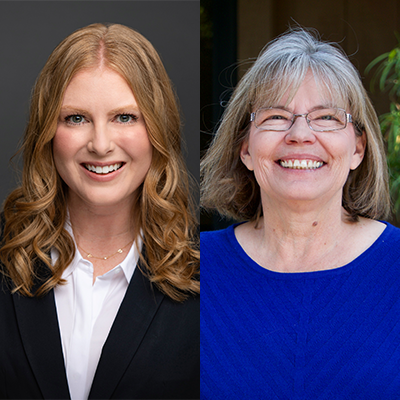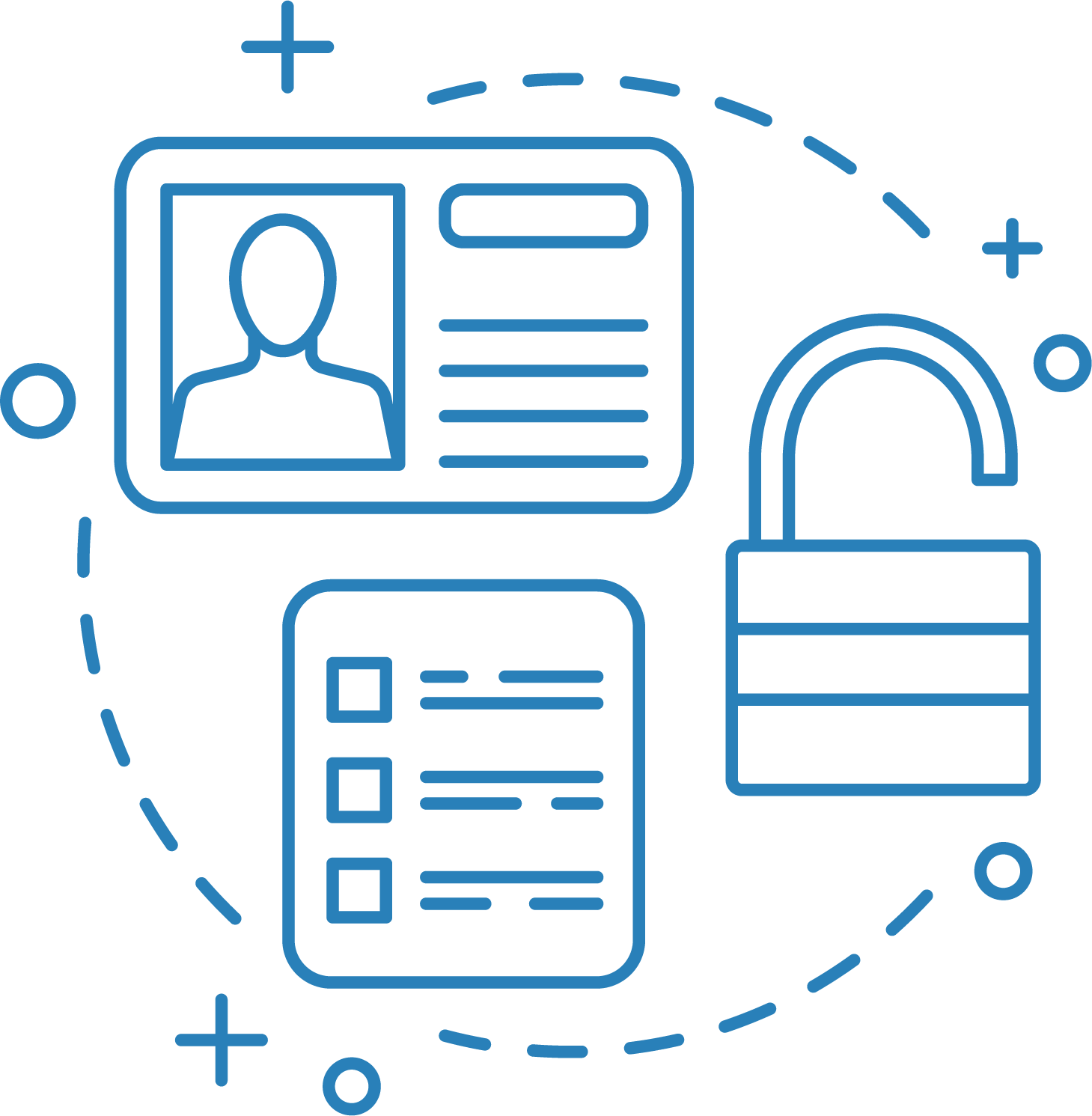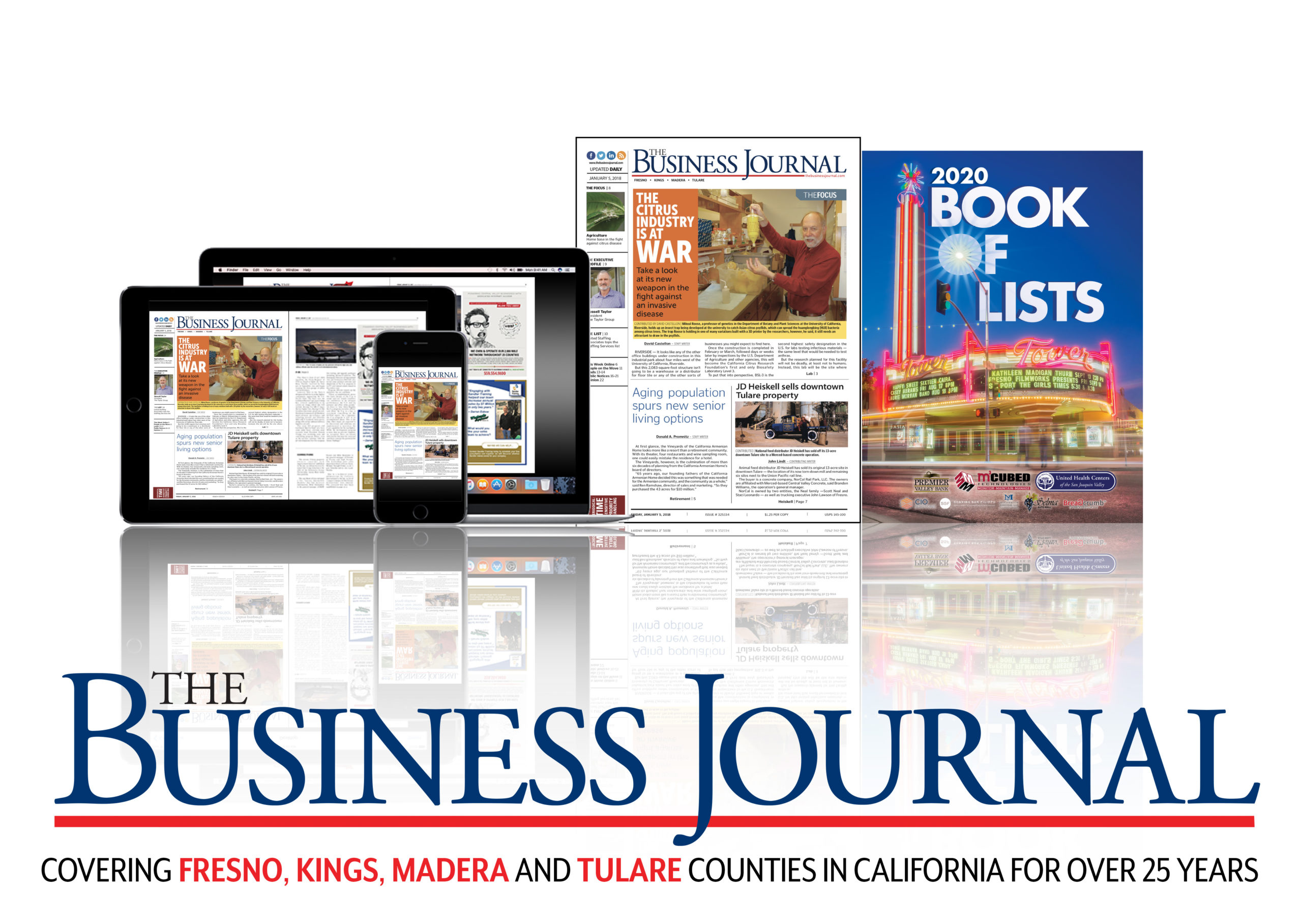
From left, Shellena Heber and Jamie Gibson-Barrows
Written by Shellena Heber and Jamie Gibson-Barrows
We have something in common with Gov. Gavin Newsom and his views on reimagining the California workforce. Like the governor, we believe California needs a workforce transformation that drives economic prosperity and access to good-paying jobs. To succeed in the California Jobs First initiative, we believe it is imperative to have a broad renewed commitment to all workers in California. That includes people with disabilities, with full mentally acuity or developmentally disabled, sighted or blind and beyond.
Last month, Gov. Newsom called for state workers to return to the office. In the executive order, the governor announced that the state would look to hire former federal workers, including firefighters and forest service staff, among others. The California inclusionary spirit to help displaced workers who experienced sudden changes in their employment is the same spirit in which we operate every day — a commitment to leaving no one behind.
We call on the state, local governments and private employers alike to extend that same attitude to people with disabilities in California who make tremendous contributions as valued employees in all places of work. These workers are already contributing meaningfully across industries, and their inclusion is not only a matter of fairness — it’s a strategic investment in the future of our state with significant economic benefits.
As two people deeply involved with a Central Valley organization dedicated to supporting, training and helping find employment for people who are blind or have low vision, we can attest to the fact that the traditional workforce does indeed require reimagining to better represent our state’s highly diverse makeup and to carry our state forward in a sustainable, thriving manner. This includes Californians with disabilities who, as workers, contribute in innumerable and significant ways to the economy.
Helping people with training and employment opportunities who are experiencing blindness or losing their vision, we understand the kinds of challenges these workers face, not only on the job but also in finding employment. The outdated bias that having a disability such as vision loss would make someone less capable or valuable at a workplace must be categorically overcome. This lift must be undertaken with education and representation at decision-making tables.
That’s why organizations like ours — and others who work at the intersection of disability, workforce development, and equity — must have a seat at the table when policy and program decisions are made. We bring lived experience, community knowledge and tested models for inclusion that work. Our perspective ensures that the state’s workforce transformation doesn’t unintentionally leave behind one of its most resilient and underutilized talent pools.
The business case is clear. According to an Accenture study, companies that have led on key disability inclusion criteria over a period of five years saw 1.6 times more revenue, 2.6 times more net income and two times more economic profit than other companies. Further, disability inclusive companies are more likely to outperform industry peers in productivity by 25 percent. This acceptance and embracing will not happen overnight. But a drumbeat of awareness and an unapologetic championing of all workers, disabled or otherwise, must be an essential ethos in the great state of California if we are to successfully strengthen our state’s workforce.
At Valley Center for the Blind, we are proud to stand alongside organizations like PRIDE Industries, Lincoln Training Center and United Cerebral Palsy North Bay, and others, all of whom are creating meaningful opportunities for people with disabilities. Together, we’re not only opening doors — we’re helping reframe what leadership, productivity, and potential look like in the modern workplace.
We appreciate the governor’s recognition of workers with disabilities in March with through a special proclamation and the effort to make culturally accessible the basic tenets of justice and opportunity. The next essential step in realizing an inclusive California workforce is to deliberately include people with disabilities in the design, leadership and implementation of workforce initiatives. Inclusion must be intentional — and that starts with listening to those doing the work.
We remain committed to building a California where all workers are recognized, supported, and celebrated — not just in theory, but in action. A workforce reimagined must also be a workforce rebalanced — and a stronger, more inclusive economy depends on it.
Shellena Heber is executive director of the Valley Center for the Blind and Jamie Gibson-Barrows is a former Valley Center for the Blind client-turned workforce readiness manager working to improve the employment outcomes for blind and low-vision individuals.





